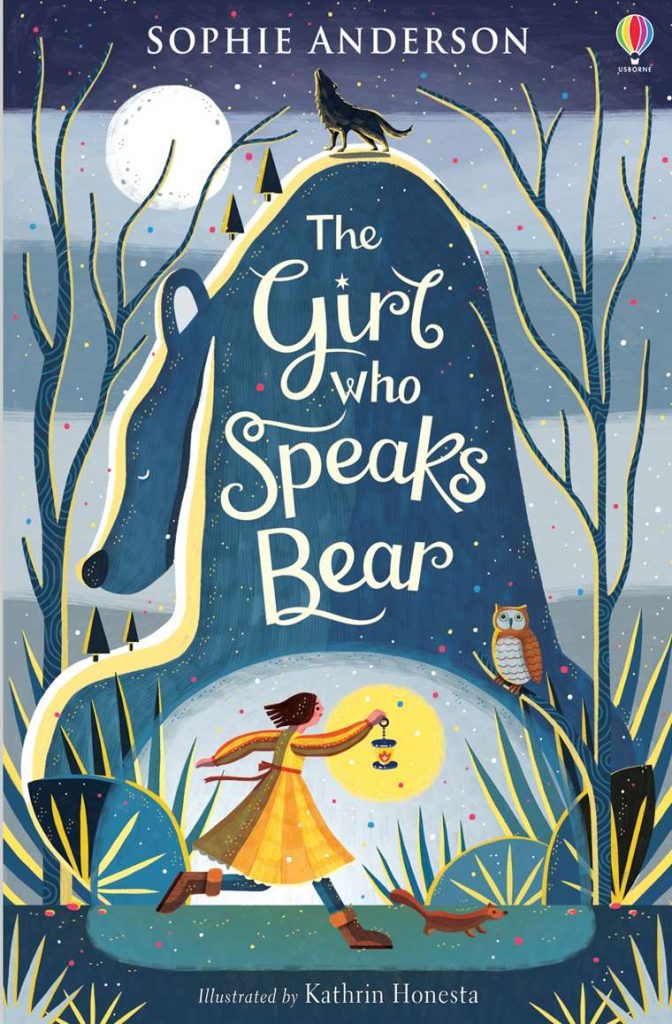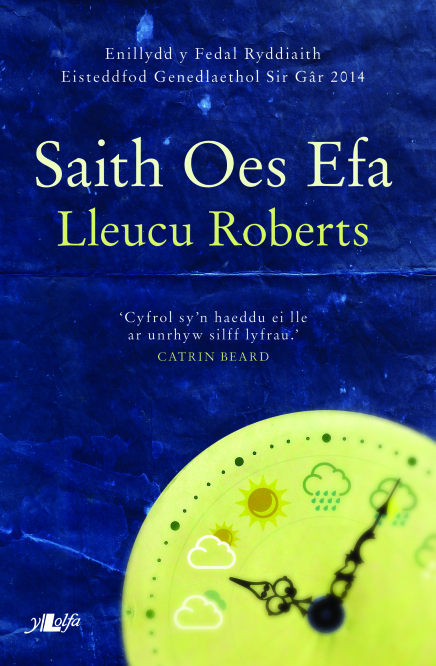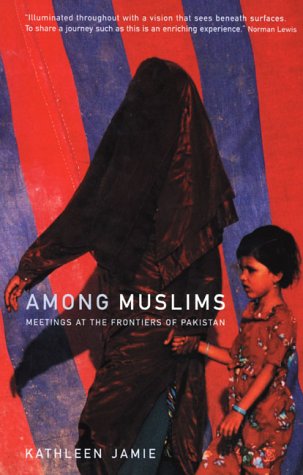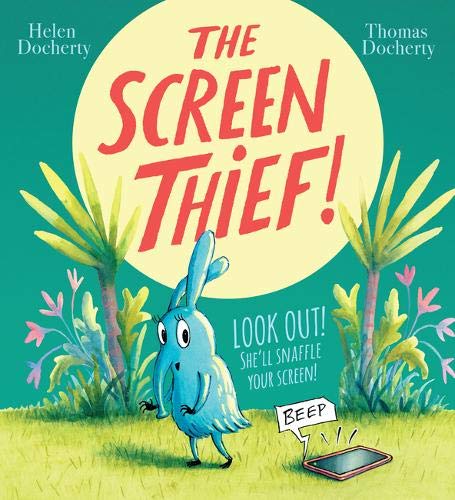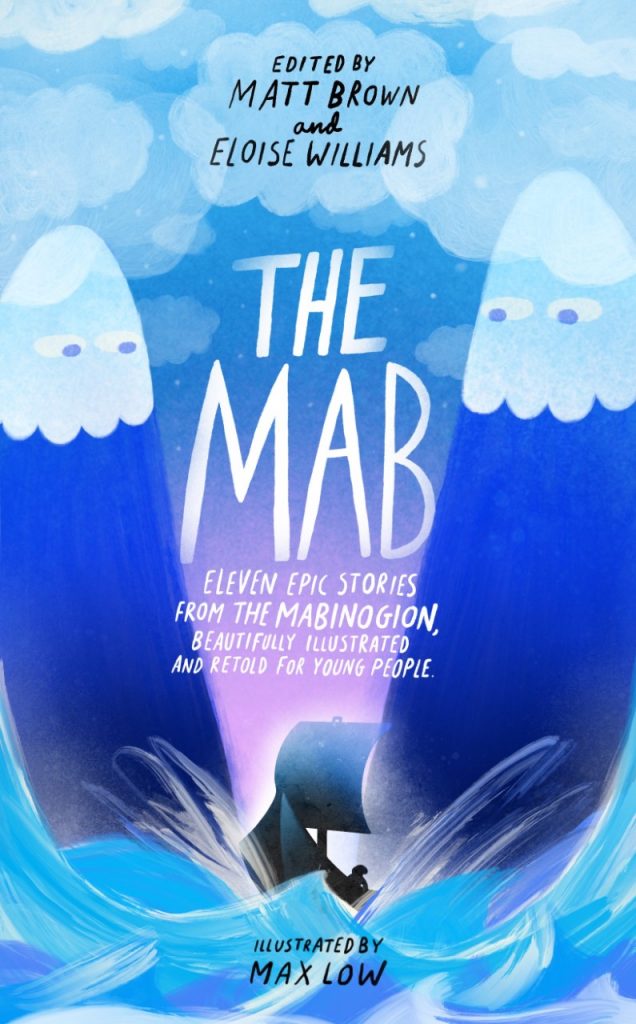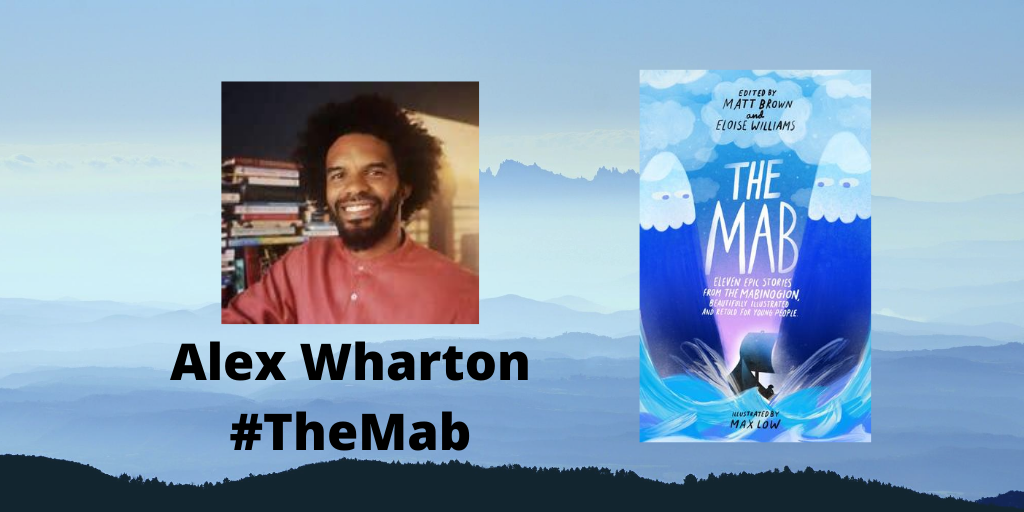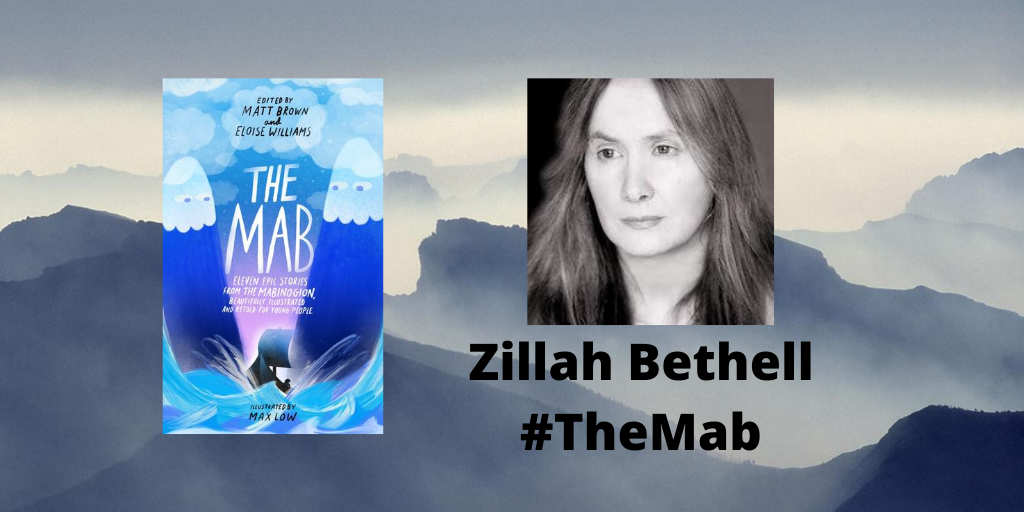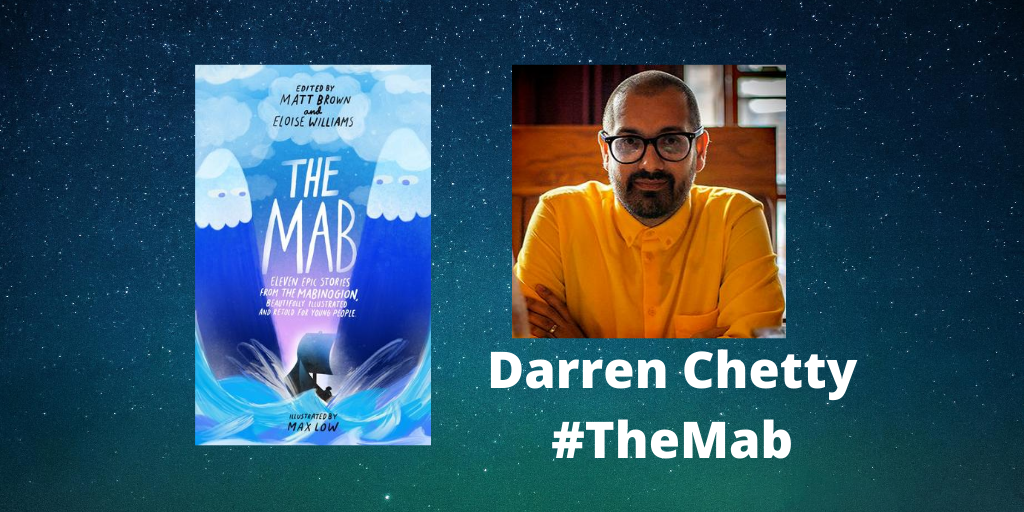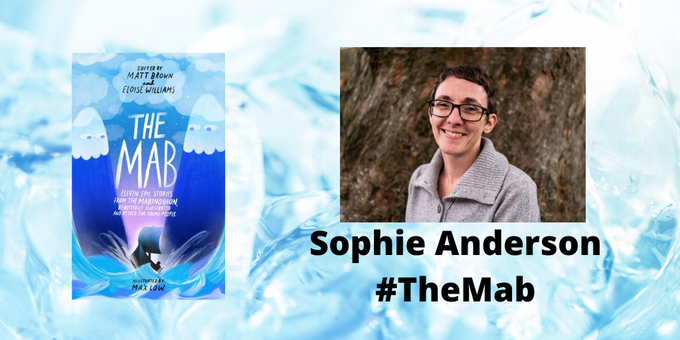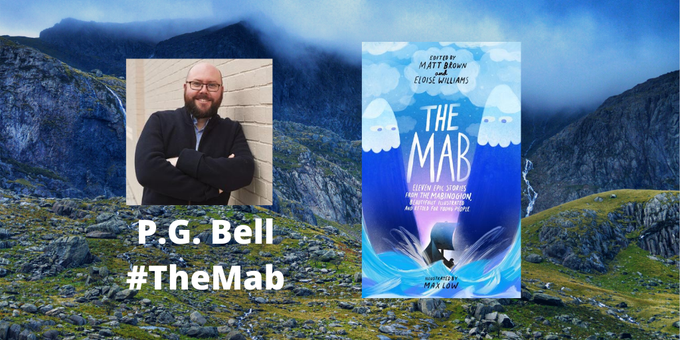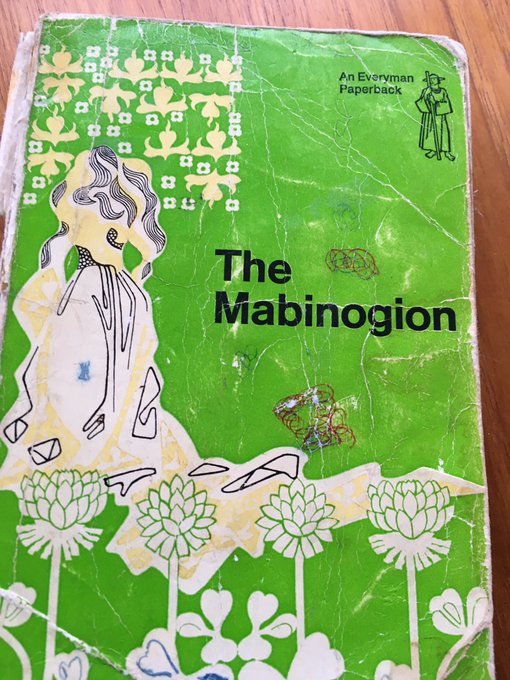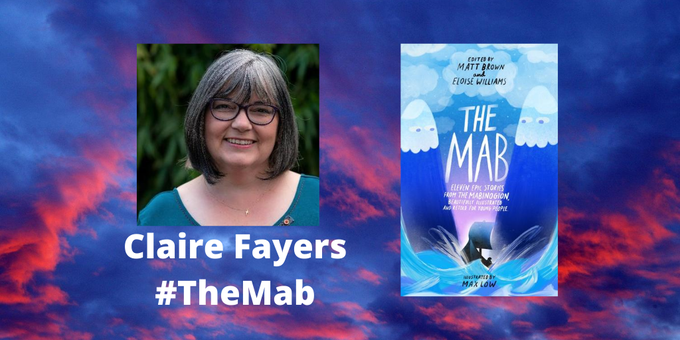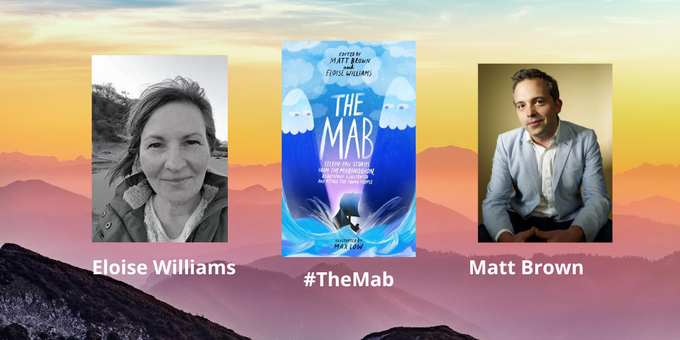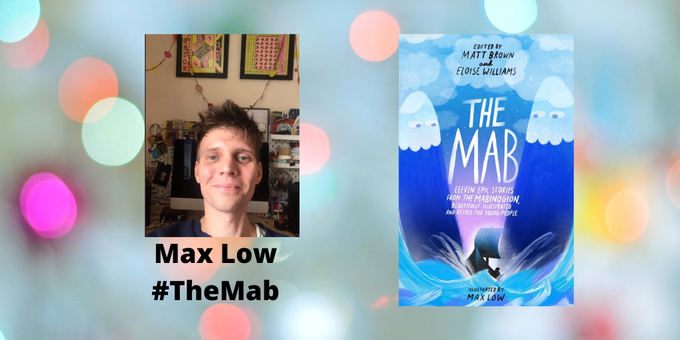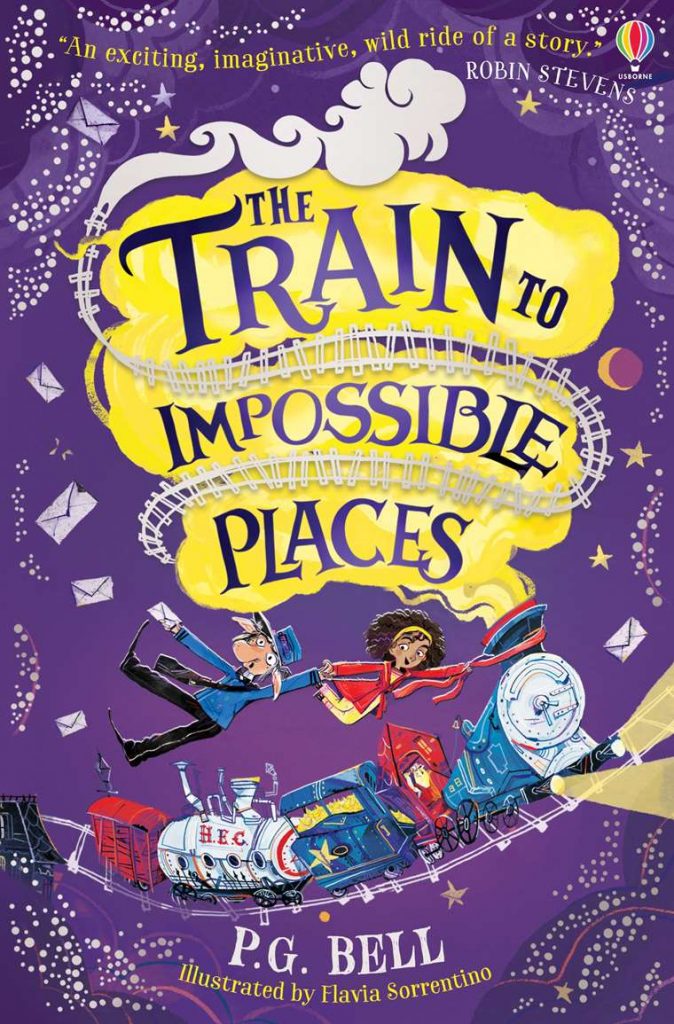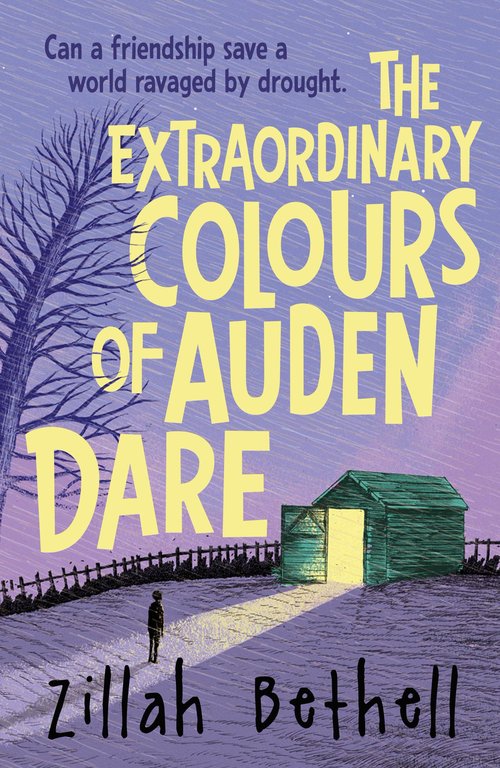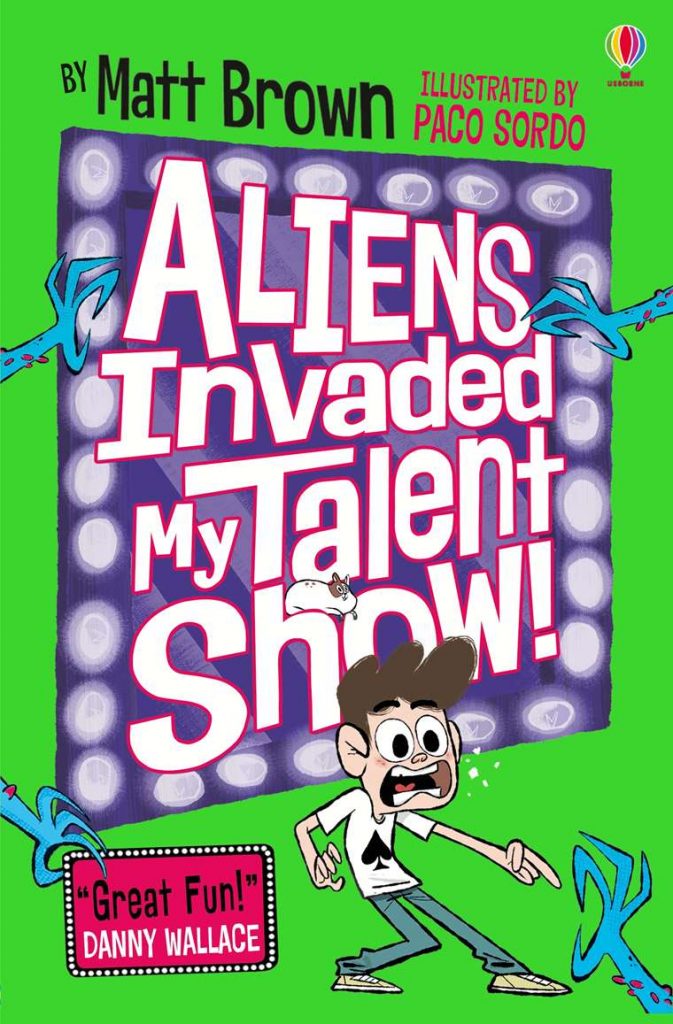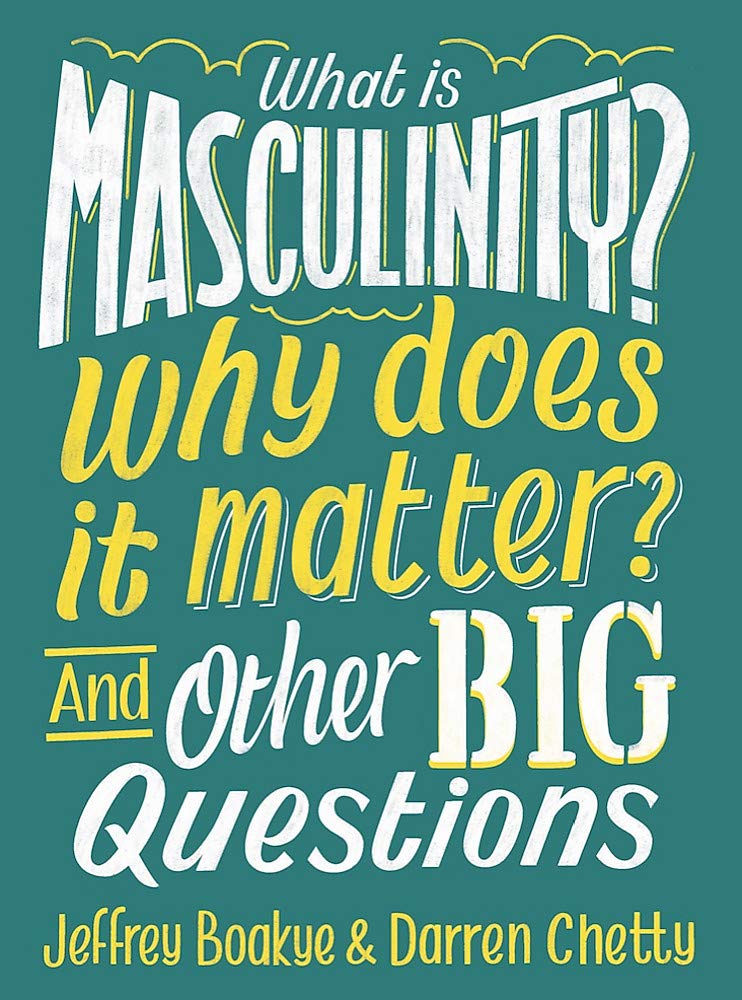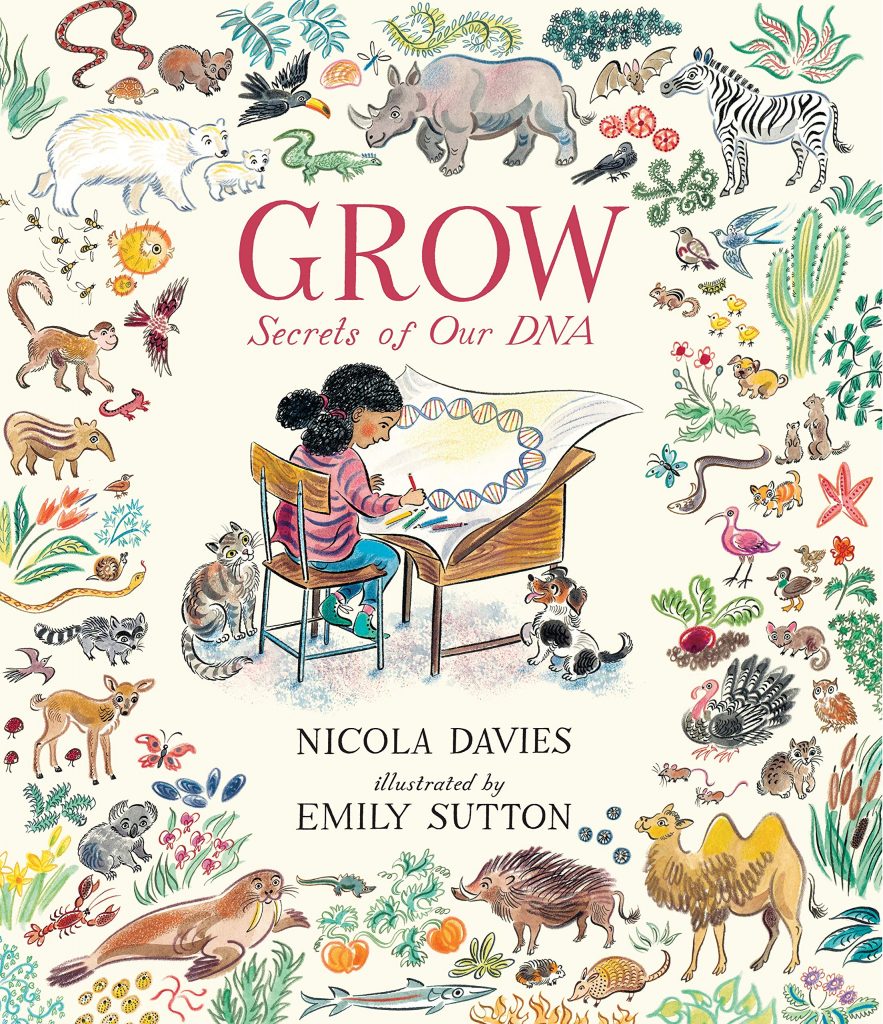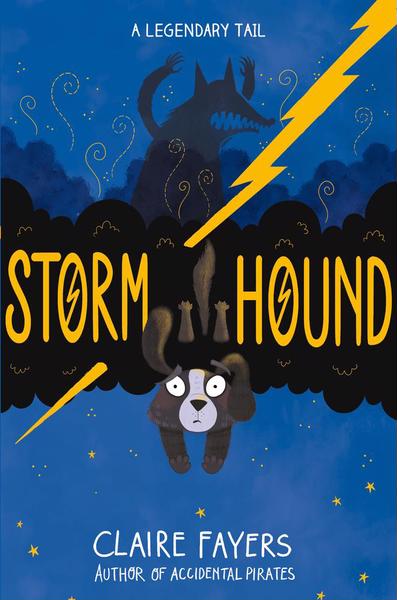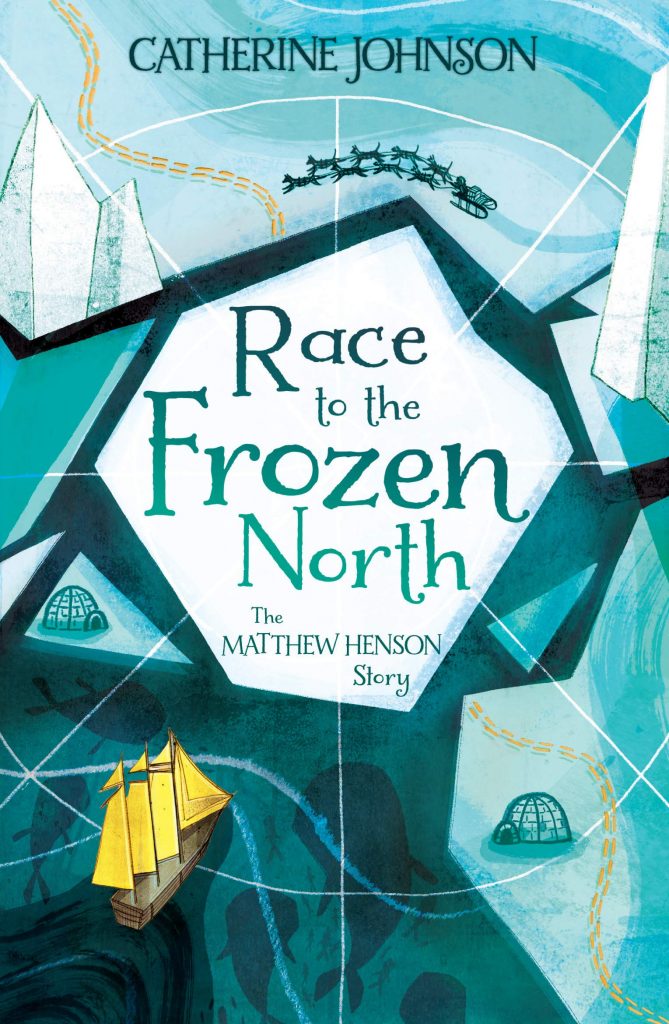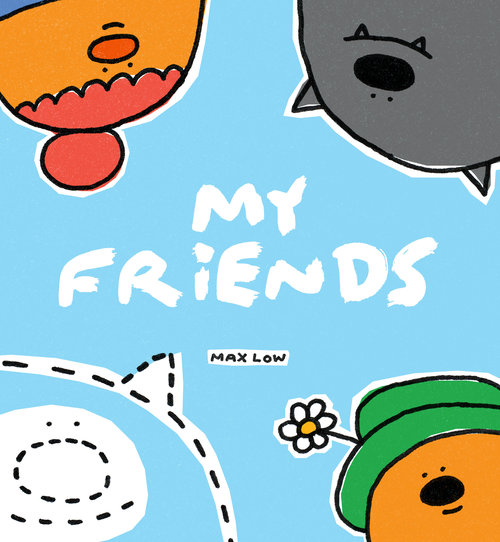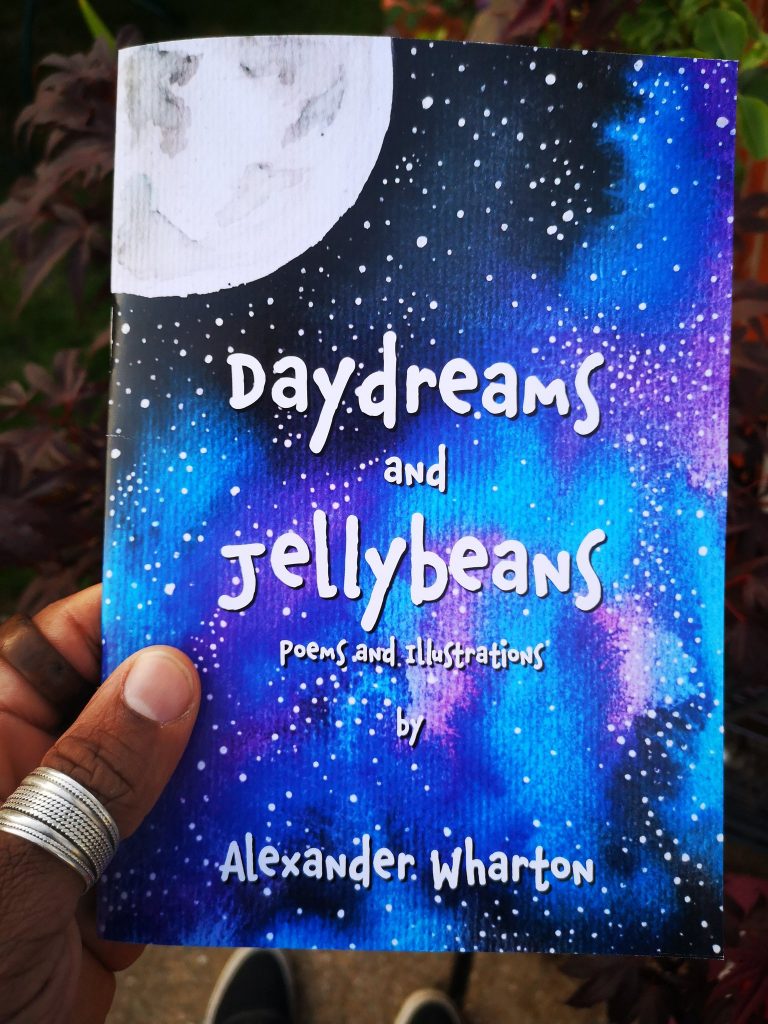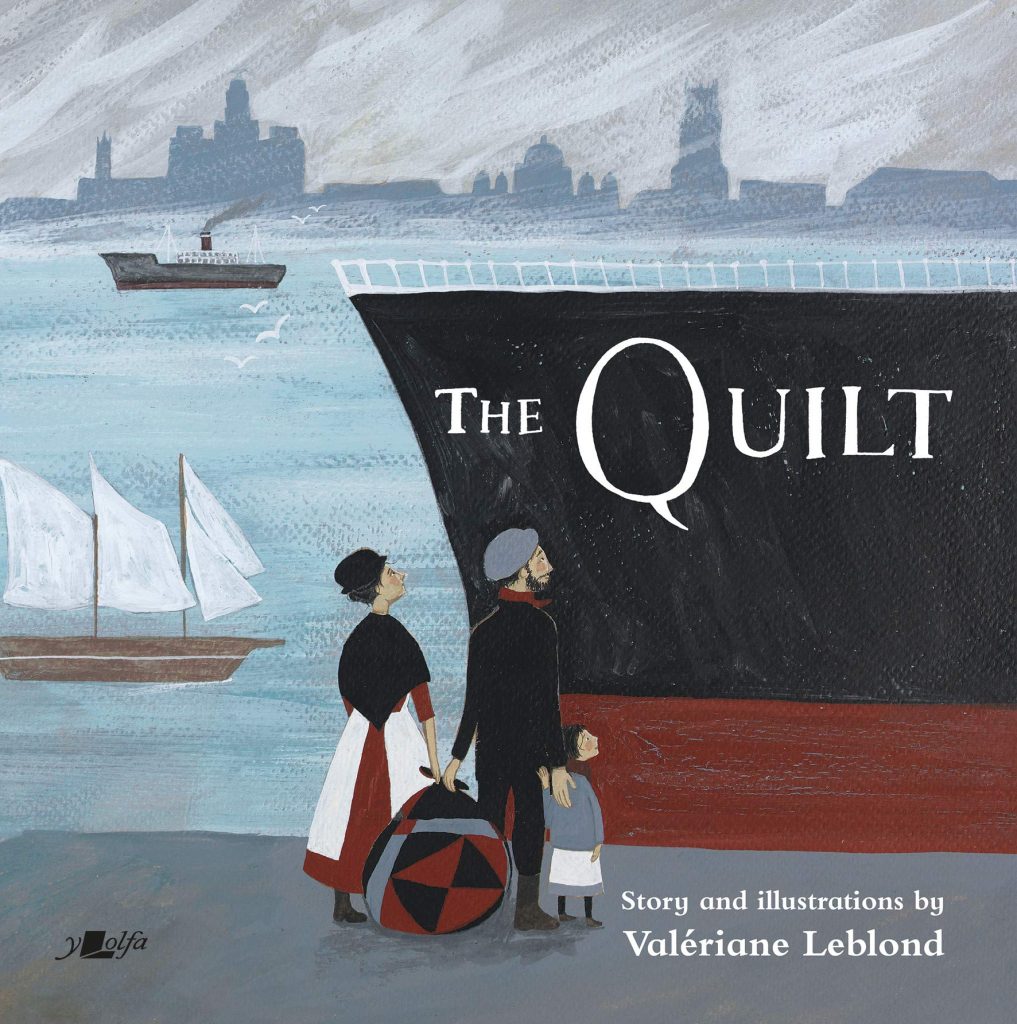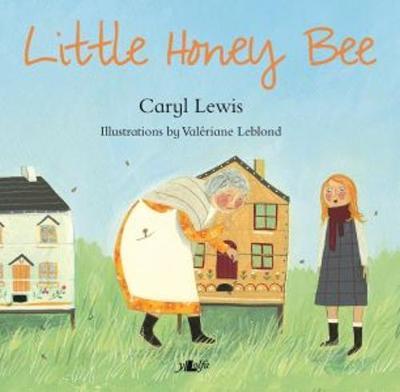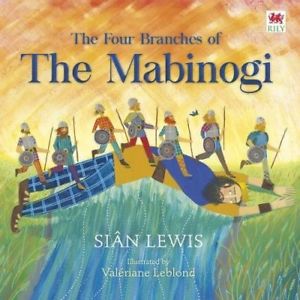A review and Q&A with Helen Docherty and Thomas Docherty.

Pirate Nell’s Tale to Tell is the latest collaboration between husband and wife team Helen and Thomas Docherty. The pair have separate successful careers but have often worked together with amazing results.

Helen has always loved stories and as a child would make her own books (you can see some fine examples on her website). Her early career was as a languages teacher both in the UK and in South America. In 2010, encouraged by Thomas, she began writing again and they published ‘Ruby Nettleship and the Ice Lolly’ together. This was followed in 2013 by her first rhyming text, The Snatchabook, since translated into 22 languages, nominated for many awards and considered a classic by everyone from Booktrust to CBeebies.
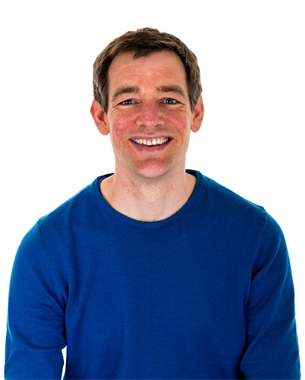
Since he was very young, Thomas has always enjoyed drawing and keeping sketchbooks. He was a big Asterix fan. His first book, Little Boat was shortlisted for the Kate Greenaway Medal in 2009. He has since written and illustrated 4 more solo works, 5 books with Helen and 5 books with other authors.
They live in Swansea with their two children and, through Storyopolis, enjoy helping children and young people to write their own Book in a Day.
Pirate Nell’s Tale to Tell (Sourcebooks) is a charming and colourful rhyming story about independent Nell. Beautifully detailed illustrations capture the tumbling waves, sea monsters and idiosyncratic shipmates. Our eponymous heroine, the newest member of the pirate crew, relies on knowledge, learning and books to chart the seas and live the pirate life. Captain Gnash is too proud, dismissive and closed to new ideas, and he certainly doesn’t approve of books being on board! Cue Nell showing him the error of his ways, the joy of books and reading, and finding life’s real treasure.
We are delighted that Helen and Thomas have answered some of our questions. Huge thanks to them both.
What are you reading at the moment?
Helen: I’ve just finished Girl, Woman, Other by Bernadine Evaristo, and I’m sorry it’s come to an end; it was a brilliant and absorbing read.
I still read to our girls (age 10 and 12) every night, though they’re both avid readers themselves. Over half term we enjoyed Carbonel by Barbara Sleigh – a Halloween gem from my own childhood. We’ve just started The Castle of Tangled Magic by Sophie Anderson and next up is Max Kowalski Didn’t Mean It by Susie Day.
Thomas: In an attempt to keep my Welsh up over lockdown (we’ve been learning for a number of years) I’ve got through most of my daughter’s Welsh teen novels, most recently the Yma trilogy by Lleucu Roberts, but also her brilliant adult novel Saith Oes Efa (challenging Welsh but very rewarding). Before that I read two books by Kathleen Jamie, Sightlines and Among Muslims, both beautifully observed and poetic real journeys in words.
As a husband and wife picturebook team you must have more opportunity to discuss your ideas together?
Helen: Yes, we’re very lucky in that we can brainstorm ideas for stories, give each other feedback on story drafts and develop characters or plots together. The first book we collaborated on, Ruby Nettleship and the Ice Lolly Adventure, was very much a joint effort. Having said that, when Tom is working flat out illustrating a book, he doesn’t have a lot of free time (or headspace) to discuss new ideas – it’s such a time-consuming job!
Do your own children input into your ideas?
Helen: A few years ago, a conversation with our youngest daughter directly inspired me to write a picture book text. She asked me whether it’s possible for a parent to love a new baby as much as their other children, and I reassured her that we’re not born with a limited amount of love to give, and that You Can Never Run Out of Love. As soon as the words left my mouth, I knew I was onto something, and I started working on the text that very night.
Similarly, our eldest daughter was feeling anxious at the beginning of lockdown this spring – as so many of us were – and missing her friends and grandparents. I wrote a new picture book text, All the Things We Carry, partly in response to this. The central message is that we don’t have to bear our worries alone; we carry one another, even when we are apart.
Thomas: I love our daughters’ pictures (all children’s pictures) and I sometimes wish my own illustrations could be as free and spontaneous as theirs. I’m still waiting for them to hand me a best seller on a plate though!
Helen, when you start to write a picturebook text, what are you hoping to achieve? (Do you have a set of overarching aims?)
Helen: Picture books are a child’s first encounter with books and stories. They can help to frame children’s understanding of the world, and they introduce them to new concepts and ideas. They can also be a vehicle for exploring different emotions and how we deal with them. That’s why writing picture books feels like such a privilege to me – and also a responsibility. I want each book I write to carry a positive message – not just for children, but for the adults reading it, too. I want children to care about the characters in each story. And, of course, I want to entertain my audience.
What, do you think, makes a successful picturebook?
Helen: There are so many different ways in which a picture book can be successful. I guess the ultimate litmus test is, do you want to read it – or have it read to you – again (and again)? The best picture books endure multiple readings, and become more loved over time.
Thomas, the endpapers are often a place of innovation, humour and thought-provocation. What is their importance?
Thomas: When creating the endpapers you are freed from the constraints of the story, but at the same time you have the chance to add something new or unexpected. It’s a chance to take the reader further into the visual world you have created, maybe in a different direction. I sometimes like the end papers more than the illustrations inside the book, possibly because they stand alone and speak for themselves.

Pirate Nell celebrates the power of reading. Sharing stories is also a central theme of The Knight Who Wouldn’t Fight and The Snatchabook. Are you on a mission?
Helen: Apparently so! Believe it or not, it’s never been intentional, in that I didn’t set out to write a series of ‘books about books.’ However, I’ve always been a bookworm and I strongly believe in the power of stories to bring people together and nurture empathy, so perhaps it’s no surprise that it’s become a recurring theme.
Captain Gnash is the ‘top dog’, yet he doesn’t listen and is quite arrogant. Is it too much to read a political message into the story?
Helen: What could a greedy, power-obsessed pirate captain with an over-inflated ego, a disdain for books and very few actual skills possibly have in common with any of the great political leaders of our time?
I hope our young readers will be more inspired by Pirate Nell’s example; she is brave, compassionate and eager to share and to help others.
Note: The character of Captain Gnash was first conceived in an earlier version of the story, Captain Gnash and the Wrong Treasure, which I started working on at the very end of 2016. Here are the opening verses:
Just two things mattered to Captain Gnash:
Making his fortune; and fame.
He was desperate to find some treasure,
And for all to know his name.
He worked very hard on his image
(He took selfies every day).
But woe betide any pirate
Who dared to get in his way.
His temper tantrums were famous;
You could hear them for miles around.
The other pirates did their best
To block out the terrible sound.
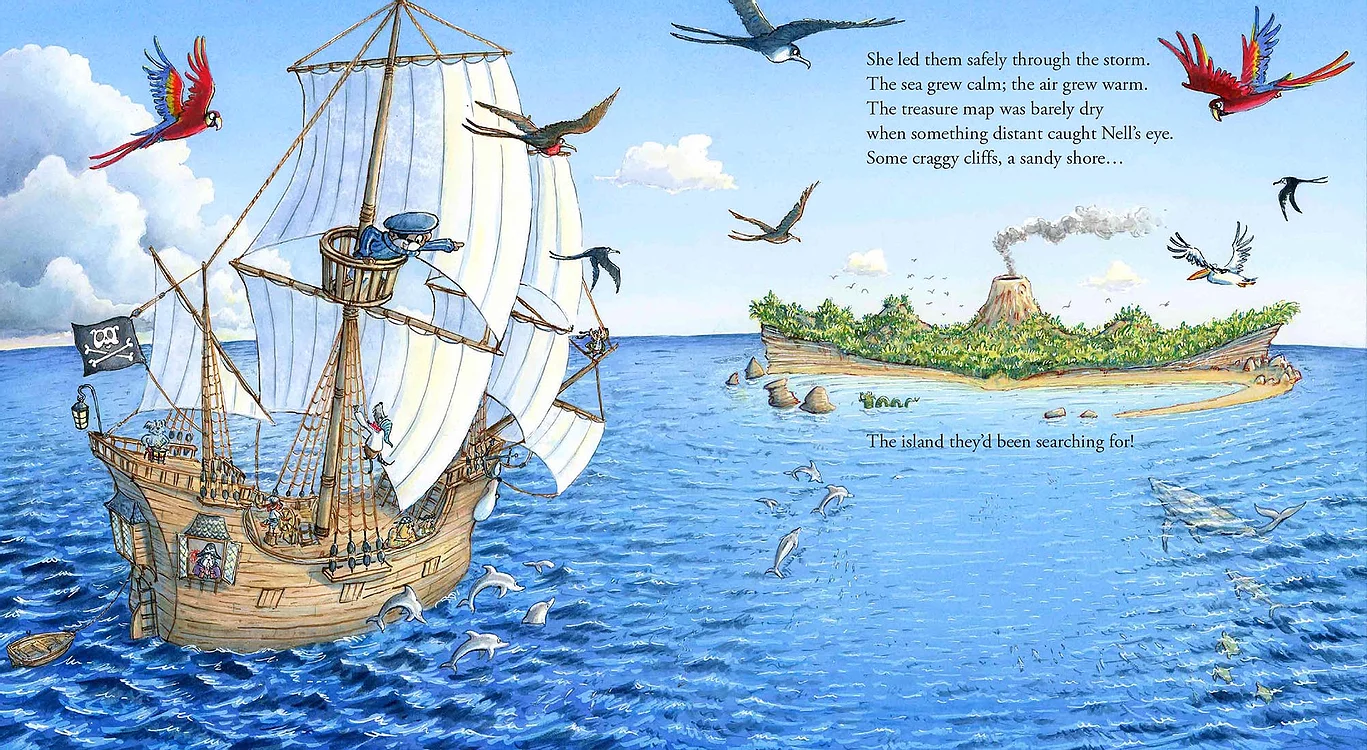
The book features some glorious seascapes and coastal illustrations. Are you inspired by your local Swansea shores?
Thomas: If I wasn’t a children’s book illustrator I would like to draw landscapes. In fact, I often sketch when we go out walking – so I’m definitely inspired by the Swansea shores. The Knight who Wouldn’t Fight is full of Brecon Beacons inspired hills, a nod to Castell Carreg Cennen and a twisty tree you can find half way up Skirrid Fawr.
Helen: Absolutely! I grew up by the sea (in Weymouth, Dorset) and I’m so happy that we live by the sea on the beautiful Gower peninsula now. Knowing how much Tom loves to draw the sea, I wrote Pirate Nell’s Tale To Tell for him to illustrate.
You’re both learning Welsh. Sut mae’n mynd?
Thomas: Da iawn diolch!
Helen: It’s been a real effort over many years, but we’re both so happy that we can now speak (and understand) Welsh – as can our daughters, who both attend Welsh medium schools. Cymraeg was my Granny’s first language, and she would be so proud – and pretty amazed – to see us all now. O bydded i’r hen iaith barhau!
Could you recommend any favourite picturebooks?
Thomas: Don’t Cross The Line! By Isabel Minhos Martins and Bernardo P. Carvalho
Anything illustrated by Christian Robinson
Helen: We have so many favourites in our house – too many to mention! Anything by Shirley Hughes. I would second Christian Robinson’s books – he’s a genius. When Tom and I first met, we found we had a favourite picture book from our respective childhoods in common: How Tom Beat Captain Najork and his Hired Sportsmen by Russell Hoban and Quentin Blake. One of the books which has most inspired me over time is The Sneetches by the great Dr Seuss. And a book I always return to is Leon and Bob by Simon James. So understated, so much heart – and the best last line in any picture book I’ve ever read. Gets me every time.
The Screen Thief is coming in 2021. What can you tell us about it? Is it a follow-up to The Snatchabook?
Helen: The Screen Thief is about a little creature called the Snaffle who arrives in the city hoping to make friends to play with. Unfortunately, everyone is too busy looking at their screens. When the Snaffle eats a stray mobile phone out of curiosity, she develops a taste for screens… But will they ever really satisfy her hunger? This story was so much fun to write, and I love the world that Thomas has created with his illustrations. It wasn’t intended as a follow-up to The Snatchabook, but there are obvious similarities. And Snatchabook fans might enjoy spotting Eliza and her friend on a couple of pages in The Screen Thief.
Do you have any other projects on the horizon?
Thomas: I’ve got a new book of my own out with Egmont in April called The Horse That Jumped – it’s full of landscapes! Helen and I are also working on a new book together for Sourcebooks in the US called Orange Moon, Blue Baboon and I’m just starting the illustrations for that now.
Helen: I have three other picture books commissioned by different publishers, all soon to be illustrated (by different illustrators, not Thomas): All the Things We Carry, The Bee Who Loved Words and Someone Just Like You. And of course, I’m always working on new story ideas… Watch this space!
Thanks again to Helen and Thomas for taking the time to answer our questions. Pirate Nell’s Tale to Tell is published by Sourcebooks and is available from your local independent bookshop.
Thomas’ new book, The Horse That Jumped is published in April 2021 by Egmont. The Screen Thief publishes with Alison Green Books in May 2021.
Follow Thomas on Twitter and visit his website. Follow Helen and click here for her website.
